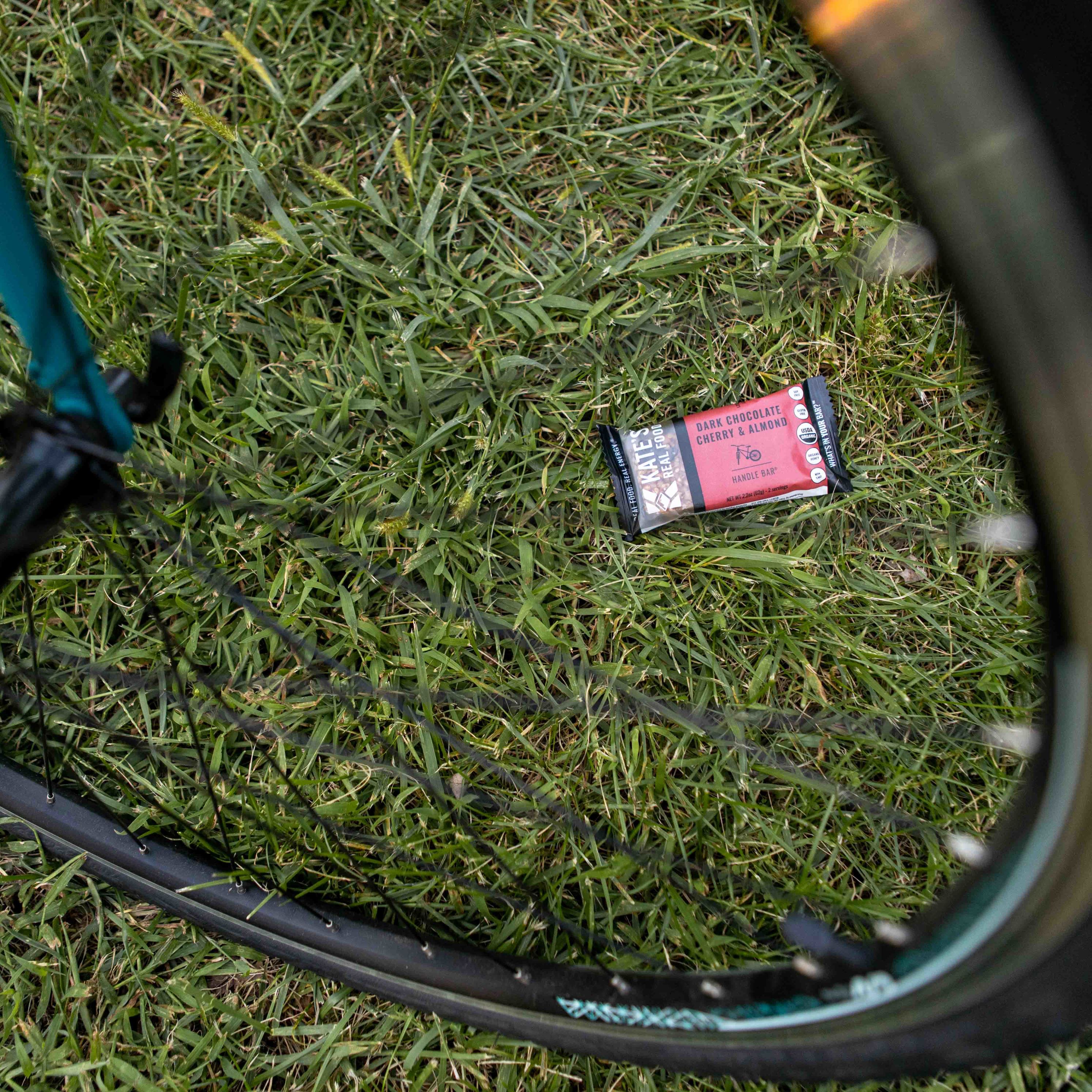
How to Recycle: the Do's and Don'ts
Reduce, reuse, and recycle. We all know the famous words, but not everyone knows the intricacies involved in daily recycling. You can make a real sustainable impact on the world through simple easy steps from home. However, it is important to know that recycling differs from town-to-town and city-to-city--as different areas have different standards. Here are some do’s and don’ts of recycling:
The Do's
1. Recycle these items:
- Paper
- Food boxes
- Cardboard
- Empty food cans
- Dry cell batteries
- Plastics (some, not all)
- Glass
- Used oil
- Tires

2. Check the requirements to find what is accepted at your local recycling plants.
3. Separate items into the following categories: cardboard, glass/aluminum/plastic, mixed paper, and compost.
4. Clean all empty food containers to prevent contamination.
5. Flatten or break down cardboard.
6. Identify drop-off zones for both common and uncommon materials.
7. Keep up on your research; recycling is constantly being advanced and new standards and practices are adopted daily.

The Don'ts
1. Recycle plastic bags without reusing or repurposing them first.
2. Recycle electronics.
3. Recycle used pizza boxes; grease and leftover pieces will render a bin of recyclables useless.
4. Flatten your milk cartons; today, recycling centers use machines that sort items by shape--so flattening your cartons may disrupt this cycle.
5. Recycle these types of glass (even if broken):
- Lightbulbs
- Window panes
- Ceramics
- Crystal
6. Recycle styrofoam, textiles, air filters, and organic waste such as tree branches, grass, or soil.

All it takes is one item to contaminate an entire batch of recyclables--but by learning how to recycle and recycling the right way, you can do your part in ensuring a cleaner environment and a more sustainable world. Every area has different recycling rules and regulations so the easiest way to find out what you can or can’t recycle in your area is by checking with your local waste management agency. Certain items cannot be recycled curb-side, but there may be special locations near you for uncommon materials.
Recycling is a great practice to live a more environmentally-friendly lifestyle--but there are other tricks as well. Instead of recycling items right away, try to reuse them first. Here are some other ways to improve your recycling at home, in addition you can reuse items, you can use plastic bags as plastic wrap to separate frozen food or plastic bottles can be reshaped into plant pots.
Kate’s Real Food is dedicated to sustainable practices to help keep our planet healthy and beautiful. We proudly recycle to help protect our world so that together, we can continue to explore it and enjoy the beauties of a clean planet.
